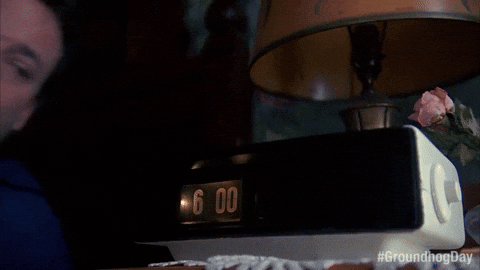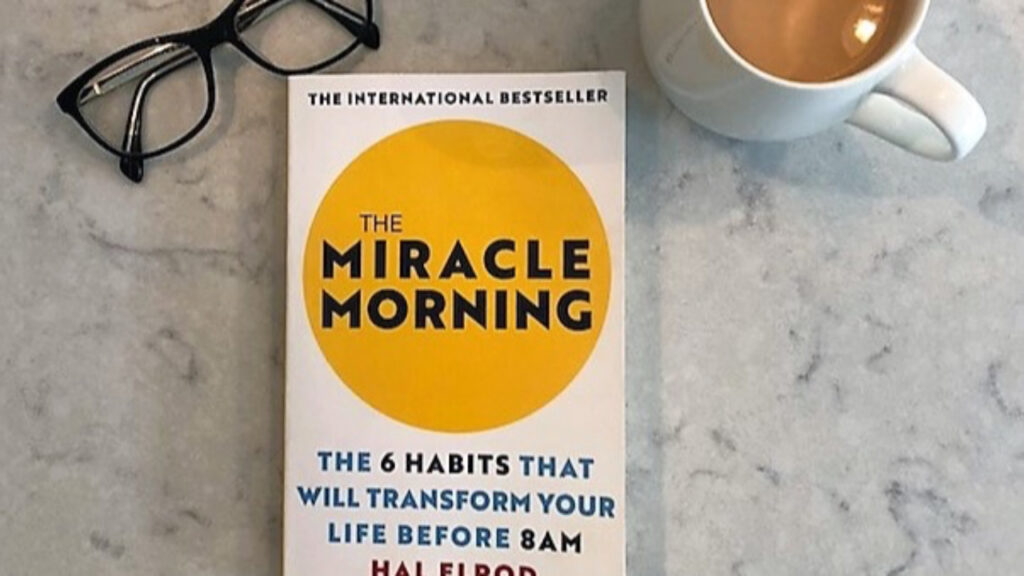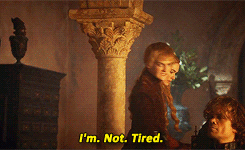I used to wake up every day feeling like I got hit by a truck. But three simple changes turned my mornings from chaotic to calm — and it only takes two minutes to explain.
Most of us wake up groggy, rushed, or already behind (guilty!). It honestly didn’t matter how much sleep I got or when I went to bed — I’d still wake up with a light headache, sore eyes, and the urge to yeet my alarm across the room.

I always thought I just wasn’t a morning person. But after testing a super simple routine, everything shifted. I’m still a night owl — mornings aren’t magical now — but they’ve become motivational, productive, and actually kind of peaceful. And honestly, that’s a huge win.
It was easier than I thought. I just added three small habits, and one bonus technique, backed by science (and a boatload of real-world success stories). Here’s the quick two-minute rundown that turned things around for me:
1. The Three-Second Rule
This one’s a self-motivational hack used in all kinds of settings, like overcoming social anxiety, and it’s all about acting before your brain talks you out of it.

Our brains are wired to avoid discomfort and conserve energy — which is why snoozing feels like the obvious choice. But you can override that instinct by moving immediately, before your logical brain kicks in.
Here’s how it works: the second your alarm goes off, take action — sit up, stand up, or launch yourself out of bed. Don’t give yourself more than three seconds to think. If you pause, even for a moment, your brain will start crafting reasons to stay put.
When I first started this, I put my phone across the room and made a rule: before I could turn off the alarm, I had to be fully dressed. So I’d hear the alarm, groan, and then remember — “Three-second rule!” — and jump out of bed, get dressed first, and then go shut it off. By the time I reached my phone, I was already up, dressed, and past the point of no return. No chance of crawling back into bed.
TL;DR: Don’t give your brain time to resist — get up, get dressed, and then deal with the alarm. Move fast, beat the snooze.
2. Ultradian Rhythm Sleep
Let’s get this out of the way first: the whole “eight hours of uninterrupted sleep” thing? Kinda a myth. The idea that adults need a single, solid block of sleep every night is actually pretty new. Before the Industrial Revolution, people usually slept in two chunks — a few hours of sleep, an hour or two of being awake in the middle of the night, and then another few hours until morning. This “first sleep, second sleep” pattern shows up in everything from historical documents to ancient literature to studies on present-day hunter-gatherer tribes. So if you’ve ever found yourself wide awake at 3 a.m. and thought something was wrong with you… maybe it’s just your biology doing its thing.
As someone who’s dealt with insomnia, I can tell you: this made so much sense once I learned it. I’ll actually be doing a full blog post on a healthier attitude to sleep soon, because wow, it really changed the way I think about sleep quality.
A growing body of evidence from both science and history suggests that the eight-hour sleep may be unnatural.
Stephanie Hegarty – BBC World Service
Now, obviously, waking up for two hours in the middle of the night isn’t super realistic for most of us — especially if you live with someone or work 9 to 5. So instead, I follow something called Ultradian Rhythm Sleep. You know that feeling when you’ve technically “slept eight hours” but still wake up feeling like you only got two? That could be because your sleep didn’t align with your body’s natural ultradian cycles.
Here’s how it works: just like we have circadian rhythms (24-hour cycles), our brains run on ultradian rhythms — 90-minute energy cycles that continue even while we’re sleeping. Each cycle includes deep sleep, REM sleep, and light sleep. The trick is to wake up at the end of a 90-minute cycle, not in the middle. So instead of aiming for exactly 8 hours, try 6, 7.5, or 9 hours — these are full-cycle sleep lengths. It’s not about how long you sleep, it’s about when you wake up.
Trust me, waking up at the right time can feel like magic. No groggy brain fog, no mystery exhaustion — just a smoother start to your day.
3. Miracle Morning
This one isn’t about how to wake up easier or stop feeling groggy — it’s about making your mornings productive and actually worth waking up for.
The idea comes from the book The Miracle Morning by Hal Elrod (book review coming soon, stay tuned). The basic concept is that the way we start our mornings sets the tone for the rest of the day — so instead of rushing or doomscrolling, you start with intention. Elrod suggests a six-part routine, remembered with the acronym SAVERS:
- Silence – Start with meditation, prayer, or simply being still.
- Affirmations – Speak positive, intentional statements out loud.
- Visualization – Picture your ideal day and you fulfilling long-term goals.
- Exercise – Get your body moving with a quick home workout.
- Reading – Spend some time in a book, self-help, spiritual, or whatever you enjoy.
- Scribing – Journal your thoughts, goals, or to-do list.
(And yes, I agree — SAVERJ just doesn’t have the same ring to it.)

Elrod spends about 10 minutes on each, for a full hour-long ritual. I’ve trimmed mine down to a compact 12-minute version that still feels complete and energizing:
- 3 minutes of silent meditation
- 1 minute of affirmations (I use two specific ones daily)
- 1 minute visualizing my ideal day
- 1 minute doing 20 push-ups
- 3 minutes reading my Bible
- 4 minutes journaling and planning my day using the Eisenhower Matrix — breaking tasks into four quadrants: urgent & important, important but not urgent, urgent but not important, and neither.
That’s it. It’s quick, it’s intentional, and it makes my mornings feel like mine again — not just a rush to catch up with the day.
BONUS: “I’m not tired!”

This trick might not have worked for Joffrey, but it weirdly worked for me. I’ll keep it quick — and please don’t lunge at me when I say this — but whenever I felt drained in the morning, I’d simply think, “But I’m not tired.” Just that. In my head.
I don’t know why it worked, I don’t have a scientific explanation, but somehow it gave me a little mental shift. It was like my brain went, “Huh… maybe you’re right,” and I’d move on to something more useful instead of spiraling into that half-asleep fog. Obviously, this won’t override two all-nighters (been there), but in day-to-day grogginess, it helped me stop wallowing in tiredness — especially back when insomnia was winning.
Remember to be your best friend
Get out of bed before your brain has a chance to stop you.
Work with your body using ultradian rhythm sleep.
Build a morning ritual (Miracle Morning style).
And remind yourself — you have more control over how you feel than you think.
As always: drink water, listen to your body, and be your own best friend.
You deserve it. Thanks for reading!




